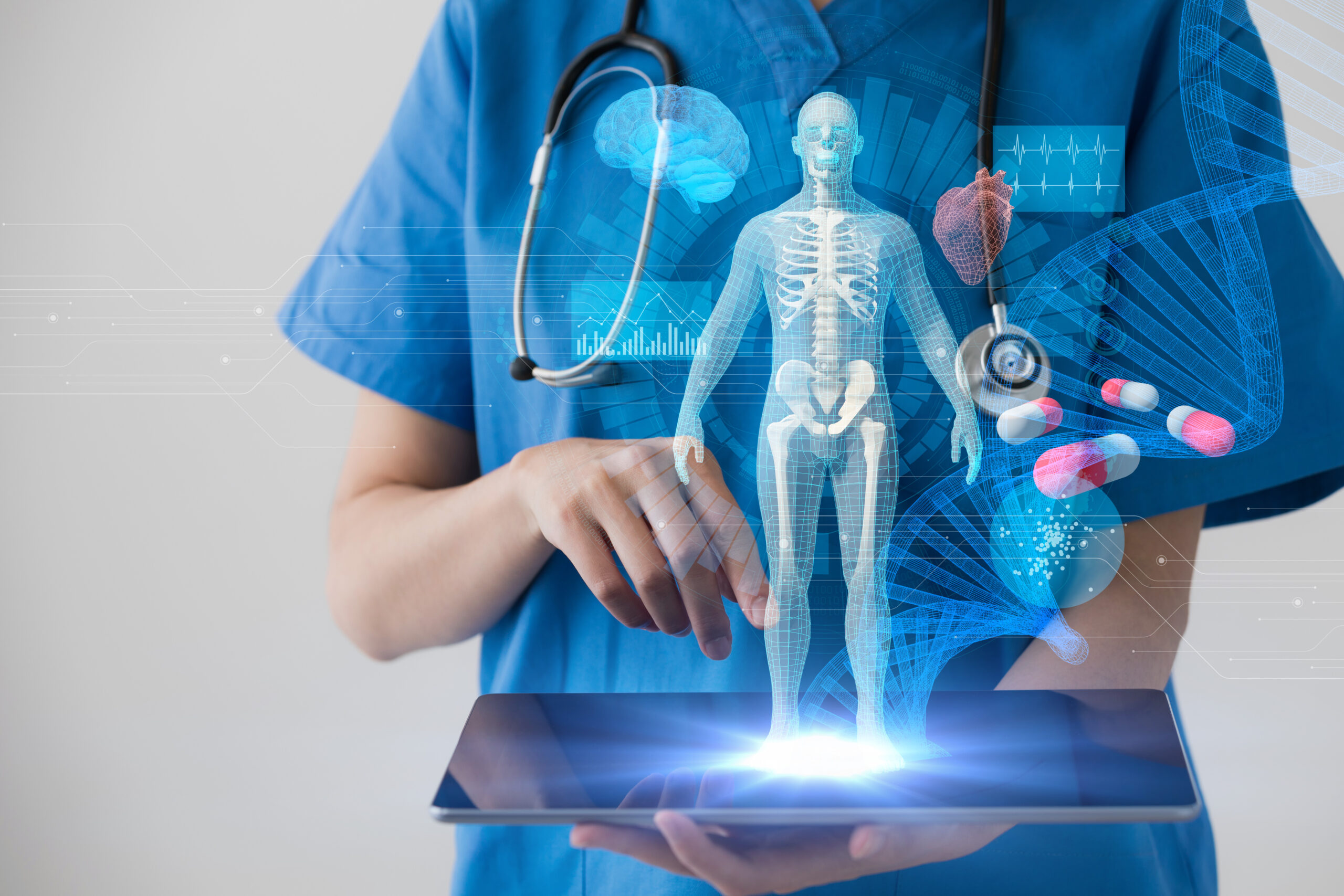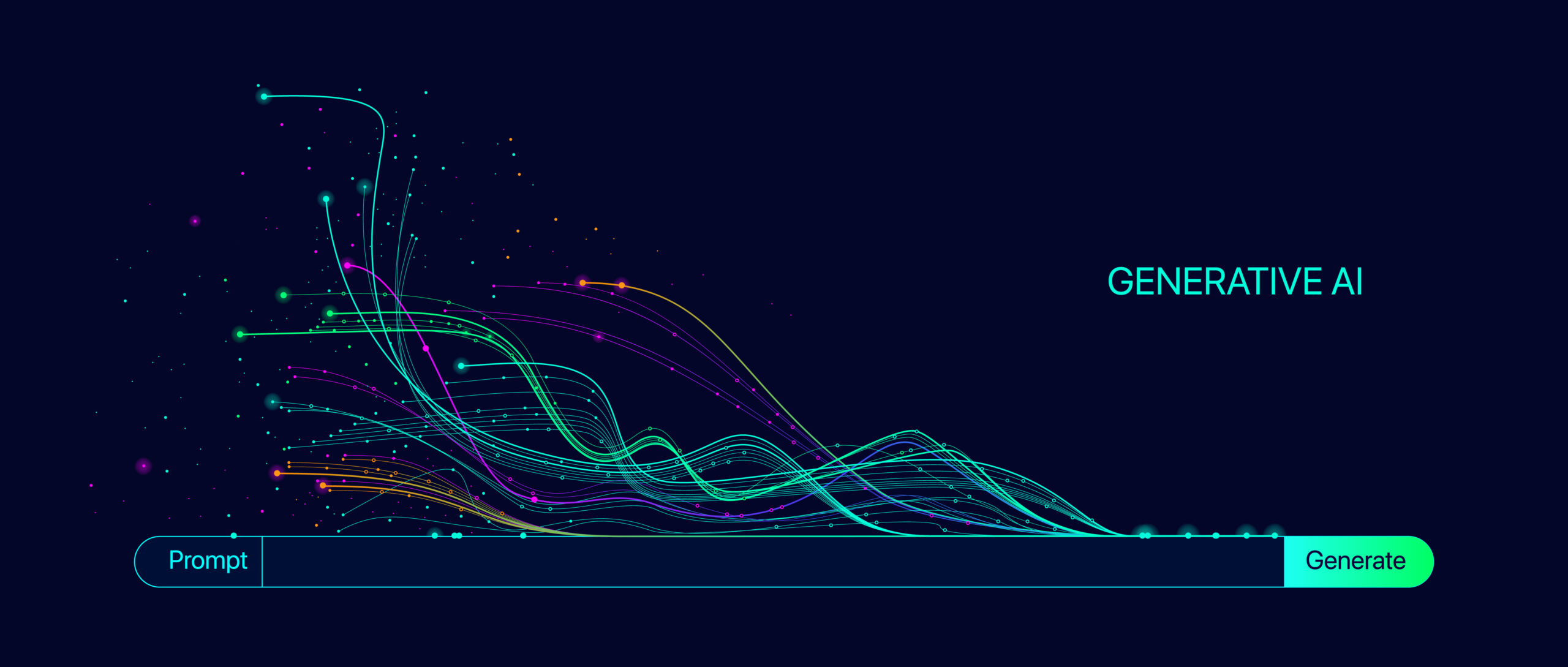
AI-generated summary
Embodied AI is revolutionizing how machines interact with the physical world, impacting industries such as healthcare, mobility, and manufacturing. At the Future Trends Forum, Brian Gerkey, CTO of Intrinsic and Chairman of Open Robotics, emphasized that the widespread usefulness of robotics hinges on open software platforms, collaboration, and democratization. Gerkey advocates for open standards like the Robot Operating System (ROS), an open-source platform that enables developers worldwide to build robotic applications without starting from scratch. ROS’s modularity, global community, and educational integration have accelerated robotics adoption across sectors, including logistics, agriculture, and even NASA’s space station robots. This openness fosters innovation, avoids vendor lock-in, and makes robotics accessible to a broader audience.
Despite these advances, challenges remain, such as the steep learning curve for ROS and the need for sustainable governance. Gerkey warns that many robots lack real-world utility, stressing that the key to success is focusing on practical applications rather than technology alone. Artificial intelligence enhances robotics both as a development assistant and in enabling robots’ autonomous decision-making, though safety and reliability are paramount. Ultimately, Gerkey envisions a future where open, collaborative efforts drive robotics, allowing industries and society to shape AI-driven machines into intelligent, useful partners rather than mere tools.
Brian Gerkey, CTO of Intrinsic, reveals how open standards and Embodied AI are revolutionizing robotics and automation across multiple industries
This article has been translated using artificial intelligence
Embodied AI is transforming the way machines interact with the physical world. At the Future Trends Forum, a group of 40 international experts analyzed how this technology is impacting industry, healthcare, and mobility. Among them, Brian Gerkey, CTO of Intrinsic (an Alphabet subsidiary) and Chairman of the Board at Open Robotics, emphasized the importance of open software in the evolution of robotics.
His approach raises a key question: How can we ensure that Embodied AI becomes accessible and useful to the greatest possible number of industries and people? According to Gerkey, the answer lies in open standards, collaboration, and the democratization of robotics.
“Most robots are not as useful as we think. To change this, we need more people contributing ideas and developing real-world applications.” — Brian Gerkey
You can watch Brian Gerkey’s keynote here:
ROS: The Open Operating System for Robots
Since its early days, robotics has been a fragmented field where each company developed its own proprietary software and hardware. According to Brian Gerkey, this lack of interoperability is slowing down the widespread adoption of robots across key sectors. His solution: open standards and shared platforms.
Gerkey is one of the driving forces behind ROS (Robot Operating System), an open-source platform that has enabled hundreds of companies and research labs to develop robotic applications without the need to build software from scratch.
“We want programming a robot to be accessible, even for those who are not robotics experts. If more people can develop innovative solutions, technology will advance much faster.” — Brian Gerkey
Accessible Robotics: NASA and the Space Station Robots
One of the most remarkable examples of this philosophy is the use of ROS on the International Space Station. NASA needed to develop Astrobee, a series of robots designed to assist astronauts with maintenance tasks. Thanks to ROS, the agency was able to build these systems without developing entirely new software from the ground up.

Astrobee consists of three robots equipped with electric fans for propulsion in microgravity, cameras and sensors for navigation, and a grasping arm for holding onto station rails or manipulating objects, maximizing their efficiency and versatility. This solution demonstrates how an open approach can be adapted to unique challenges across industries, from space to agriculture.
This model has been replicated across many other sectors, from manufacturing to logistics, accelerating the deployment of robots in real-world environments.
More Than an Operating System
ROS is not just an operating system—it is a collection of tools, libraries, and conventions that enable efficient robot programming. Its success is built on three fundamental pillars:
- Modularity and Flexibility:
ROS offers reusable building blocks that allow developers to integrate advanced capabilities, such as autonomous navigation or object recognition, without having to code them from scratch. This saves time and resources, encouraging adoption across sectors like logistics, healthcare, and manufacturing. - Global Community and Ecosystem:
With thousands of users and contributors worldwide, ROS has fostered a vibrant open innovation network. Universities, startups, and major corporations actively contribute to the platform’s development and refinement, fueling a continuous cycle of improvement and expansion. - Accessibility for New Generations:
ROS is also widely used in secondary and higher education programs, helping train the next generation of engineers and developers. Initiatives like the FIRST robotics competition, where students use ROS to build functional robots, showcase its educational potential.
Advantages of Open Platforms Over Proprietary Alternatives
While proprietary tools such as NVIDIA’s platforms may outperform ROS in specific areas (e.g., photorealistic simulations), ROS’s integration and compatibility capabilities position it as a robust and versatile solution. Furthermore, the open model avoids vendor lock-in, giving companies greater freedom to customize and scale their solutions.
Key Use Cases
- Logistics: Robots developed by companies like Dexory use ROS to scan inventories in large-scale warehouses, optimizing stock management and reducing operational costs.
- Aviation: Firms like XYREC have developed robotic systems for aircraft maintenance, including laser-based paint removal, using ROS as a technological foundation.
- Agriculture: Semi-autonomous machines powered by ROS are revolutionizing farming practices, reducing soil impact and improving sustainability.
Challenges Ahead
Despite the undeniable impact of open-source software, two major challenges remain:
- Learning Curve:
Although ROS is modular, it still requires advanced software engineering skills, which can limit initial adoption. - Governance and Sustainability:
The global ROS community must strike a balance between continuous innovation and standardization to ensure the platform’s long-term relevance.
However, the future of open-source robotics looks promising. Gerkey encourages governments, companies, and philanthropists to foster the development of open platforms by funding collaborative projects and supporting the education of the next generation of innovators.
The Utility Dilemma in Robotics: What Should Robots Actually Do?
Despite the rise of AI and automation, Gerkey warns that many robots are not as useful as initially expected. One example he cites is Pepper, SoftBank’s social robot, which—despite its innovative design—has struggled to find a real market application.
In contrast, simpler robots, like robotic vacuum cleaners, have been a commercial success, with over 200 million units sold. The key difference lies in the fact that real utility—not just technological innovation for its own sake—must be at the heart of robot development.
“We need more ideas. As technologists, we are good at building robots, but the real challenge is figuring out what robots should actually do in the real world.” — Brian Gerkey
Open robotics plays a crucial role in addressing this challenge: by enabling more people and companies to develop applications without having to start from scratch, it becomes possible to discover practical and viable uses for robots.
The Evolution of AI in Robotics
The impact of AI on robotics is undeniable. Gerkey highlights two key levels where artificial intelligence is enhancing the field:
AI as an Assistant in Robot Development
- AI models help programmers write robot code more efficiently.
- AI systems enable the design of robotic software without requiring advanced expertise in robotics.
AI in Robots’ Decision-Making Processes
- Machine learning applications allow robots to adapt their behavior in real time.
- Computer vision and artificial intelligence are revolutionizing how robots perceive and interpret their environment.
However, Gerkey cautions that when AI is responsible for making real-time decisions in a robot without human supervision, the level of rigor must be significantly higher. Safety and reliability must be top priorities in these types of applications.
The Future of Open-Source Robotics
Brian Gerkey’s participation in the Future Trends Forum highlights a fundamental debate for the future of Embodied AI:
- Should robotics be based on open-source software or proprietary systems?
- How can we ensure that AI in robots is both accessible and safe?
- How do we involve more industries in shaping the future of robotics?
For Gerkey, the answer is clear: the future of robotics must be open and collaborative. Platforms like ROS have enabled more people to access technology and adapt it to their needs, from research laboratories to manufacturing and logistics companies.
With the rise of artificial intelligence, robots are evolving from simple tools to intelligent collaborators. But for this evolution to be positive, the scientific community, industry, and society as a whole must be actively involved in its development.
The debate remains open: what do you think the future of robotics will look like?

Chief Technology Officer at Intrinsic Board Chair, Open Robotics



